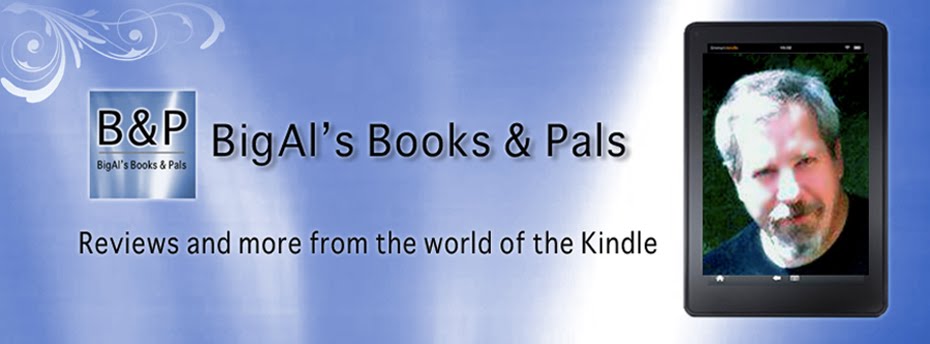Reviewed by: BigAl
Genre: Non-Fiction/Writing
Approximate word count: 55-60,000 words
Availability
Click
on a YES above to go to appropriate page in Amazon, Barnes & Noble, or
Smashwords store
Author:
“Stacy
Ennis is a book and magazine editor, writer, book coach, and speaker. Her
greatest joy is helping people achieve their book-writing dreams, and she has
had the opportunity to work with a diverse group of authors in varied genres,
editing several chart-toppers.”
For more,
visit stacyennis.com.
Description:
“The
Editor's Eye: A Practical Guide to Transforming Your Book from Good to Great
shows you how editing can help you write your best book. In this no-nonsense
guide, book coach and editor Stacy Ennis takes you through the ins and outs of
the often bewildering book-editing process. As you begin to understand how
writing and editing complement each other, you'll become more confident as a
writer, finish your book faster, and move toward the ultimate goal:
publication.”
Appraisal:
Regular
readers of my reviews or ramblings elsewhere, primarily at Indies Unlimited,
know that where copy editing and proofreading are concerned, I tend to come
down hard on indie books that are deficient in this area. If a book falls short
here, I see it as an unambiguous indication that the author or publisher failed
to put the proper polish on their product in a way that is easily measurable
and has nothing to do with personal taste, other than how forgiving a reader’s
inner editor is. If I start picking apart a book with lots of specific examples
of shoddy writing, plot holes, or scenes that did nothing to move the story
forward, the book has even bigger problems. All of these are indicative of less
than adequate editing at some point in the writing and preparation of the book.
All of this is a lot of words (that with proper editing would be many fewer) to
say that I believe every author needs an editor (and a copy editor and a proofreader).
Being indie doesn’t give anyone a pass.
In this
book (well edited, BTW) Stacey Ennis explains for the current or wannabe author
(or the interested reader) each stage of the editing process, what is involved,
and how each will make your book better. In her words, how to take your book
from good to great. She also tries to straighten out some misconceptions
associated with editors, what they do, and gives advice on finding and hiring
the right person (bad editing might be worse than no editing).
Although I
had a basic idea of what each phase of editing involved, I felt like I came
away from reading this book with a deeper understanding of the details. The
only complaint I have is minor, that at times it felt like the fine line
between informing about editing and making a hard sell might have been crossed,
at least for some people. However, the discussion of the various modes of
publishing (self-publishing, small press, Big 6, and variations) largely made
up for it in its evenhandedness in explaining the pros and cons of each, while
including an appropriate disclaimer to beware of and steer clear of the
predatory vanity publishers.
Format/Typo Issues:
No
significant issues.
Rating: **** Four stars


No comments:
Post a Comment